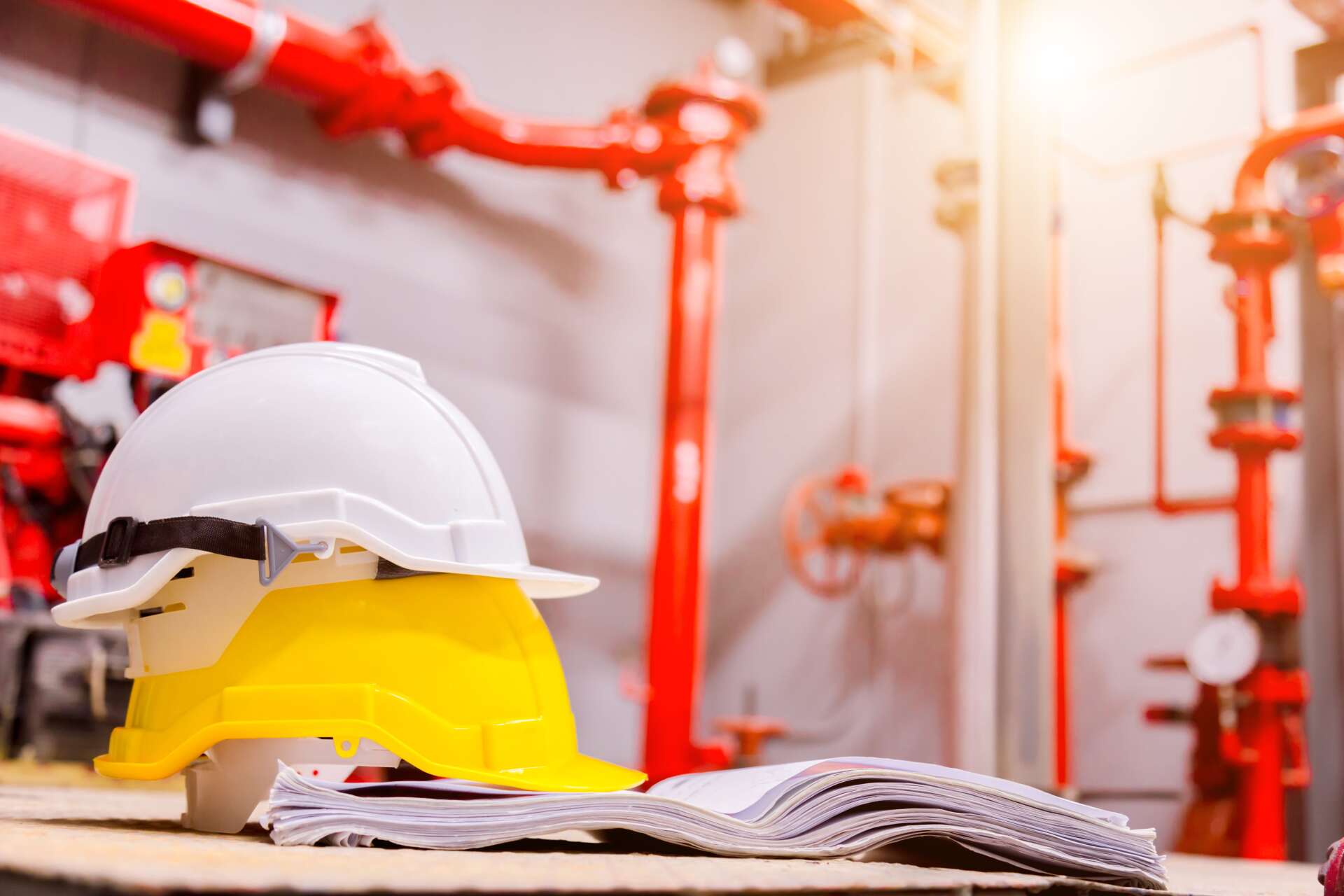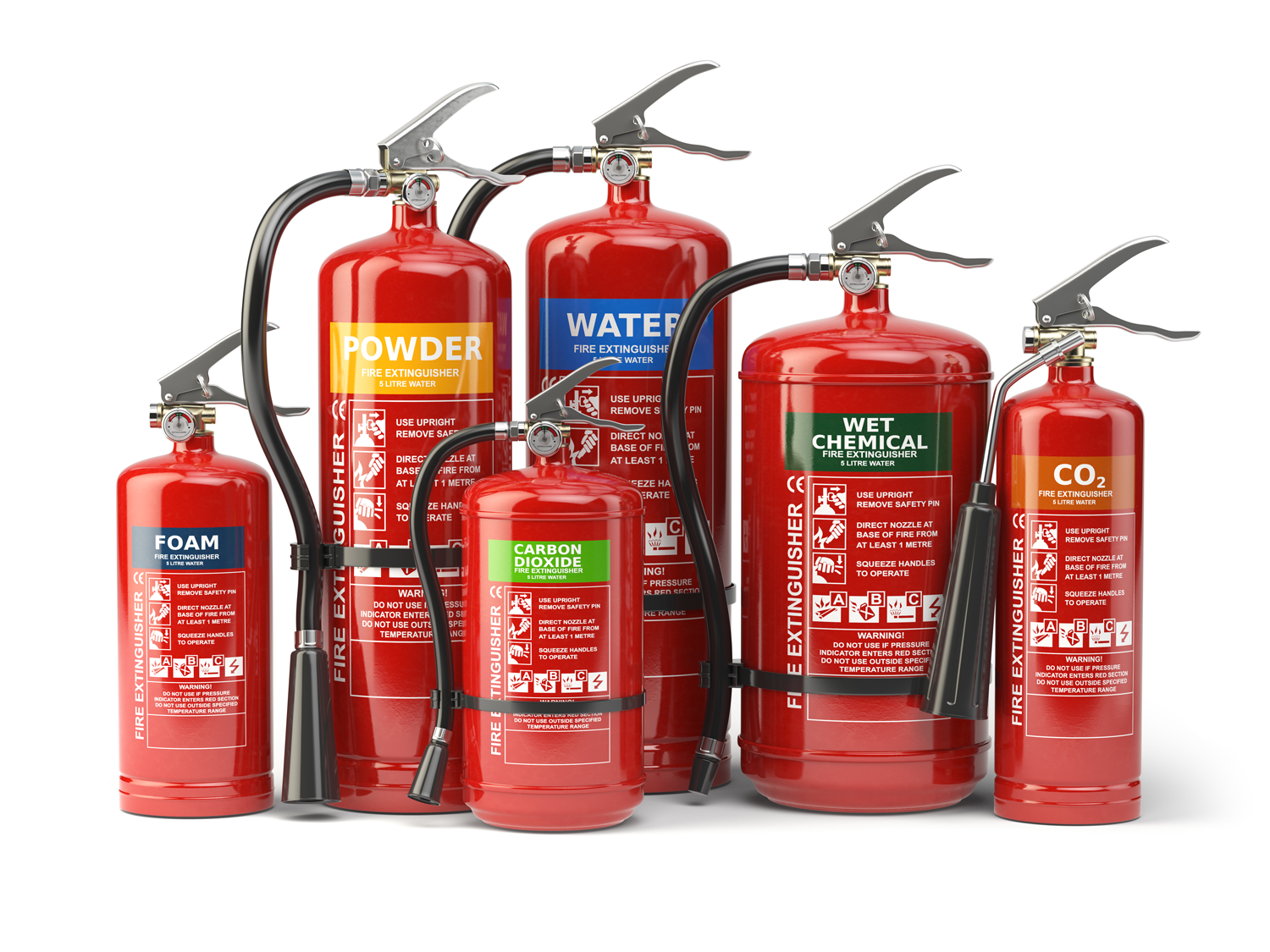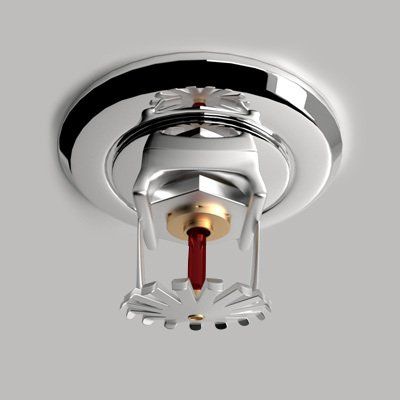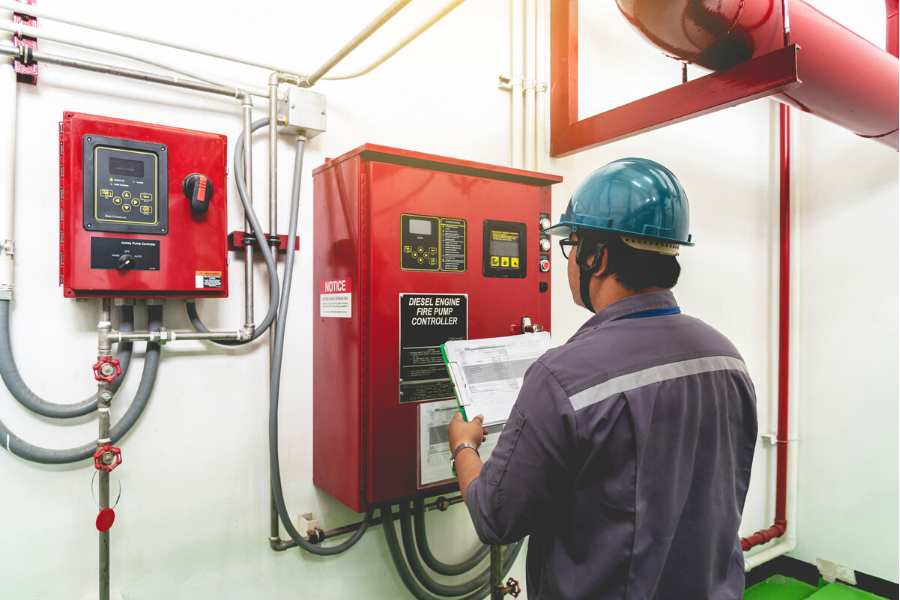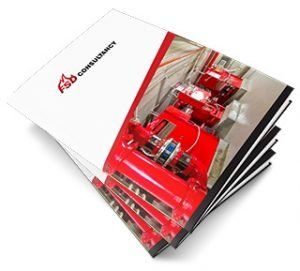Fire Safety in Waste Facilities
Fire Safety Guideline
Version 02.02 (released on the 27/02/20)
Background:
Fire brigades have attended numerous fires at waste facilities across NSW. Waste facility fires are often quite large and have a detrimental impact on firefighting intervention, the environment, local community and the waste industry itself. The potential fire size correlates with the nature of the combustible waste material being processed, stockpile arrangements, on-site fire safety systems and emergency procedures specific to each facility.
Examples of a waste facility include:
- Recycling centres
- Resource recovery
- Materials recovery facility
- Energy recovery centre
- Transfer stations
Processes undertaken at waste facilities have higher risks than for other industries and can result in greater frequency and severity of fires.
A fire involving bulk storage of mixed, loose combustible waste material presents a high and volatile fire load and causes significant challenges for firefighting intervention.
Waste fires in NSW have demanded significant fire brigade resources and intervention over multiple days to extinguish the fire.
The largest and longest-lasting fires often involve large stockpiles of unsorted waste within adequate separation, where physical removal, separation and extinguishment is required.
These fires also result in major pollution impact on the community, especially from smoke, which is unable to be contained.
Combustible waste therefore generally presents‘ special problems of firefighting that warrant classification and consideration of ‘special hazards’ provisions under Clause E1.10and E2.3of the NCC.
Fires in waste facilities present specific issues for firefighting, including:
a) the physical nature of combustible waste and waste by-products, including fire properties and ignition potential of both unsorted and sorted materials
b) unsuitable storage method, stockpile size, separation distances and accessibility
c) mechanised waste handling, sorting and processing systems, including vehicles
d) poor fire brigade vehicle and/or firefighter access for firefighting intervention
e) facilities having an inadequate or no fire hydrant system, including water capacity
f) facilities having an inadequate automatic fire suppression system installed
g) buildings having an inadequate smoke hazard management system installed
h) facilities having inadequate provision to contain fire water run-off.
Guidance on fire safety for waste facilities is generally limited due to the case-by-case considerations of the special hazards unique to each facility. It is the intention of this guideline to assist the responsible person to plan, manage, advise, assess or determine the risks and measures applicable to any given facility in the absence of any other requirements.
Specific requirements may be imposed on the waste facility, or any processes undertaken (e.g. storage, processing, transportation), by the relevant regulatory authority, such as local council, DPIE, NSWEPA or SafeWork NSW.
Note: A regulatory authority may impose requirements from this guideline on the waste facility as either a condition of consent, licensing or Development Control Order. This is import to note……..a visit from the fire brigade can instigate a Control Order…..after a fire or not
Read / Reference the entire FRNSW Document Link
Need to know more contact FSD Consultancy today and talk to one of our Fire Safety experts / CFSP’s. Let us help you understand your waste facility site, your process and the potential fire safety issues.
Our Services
- Final Fire Safety Certification
- Annual Fire Safety Statements
- Fire Engineering
- Fire Protection System Compliance Auditing
- I&T Maintenance Works Auditing
- Third Party Independent Certification
- Fire Order Review and Rectification
- Project Management of Fire Protection System Works
- Sprinkler & Hydrant Block Plans & Detection Zone Plans
- Evacuation Management Strategy, Plans and Training
- Fire Warden Training
- BCA Compliance Consultation

